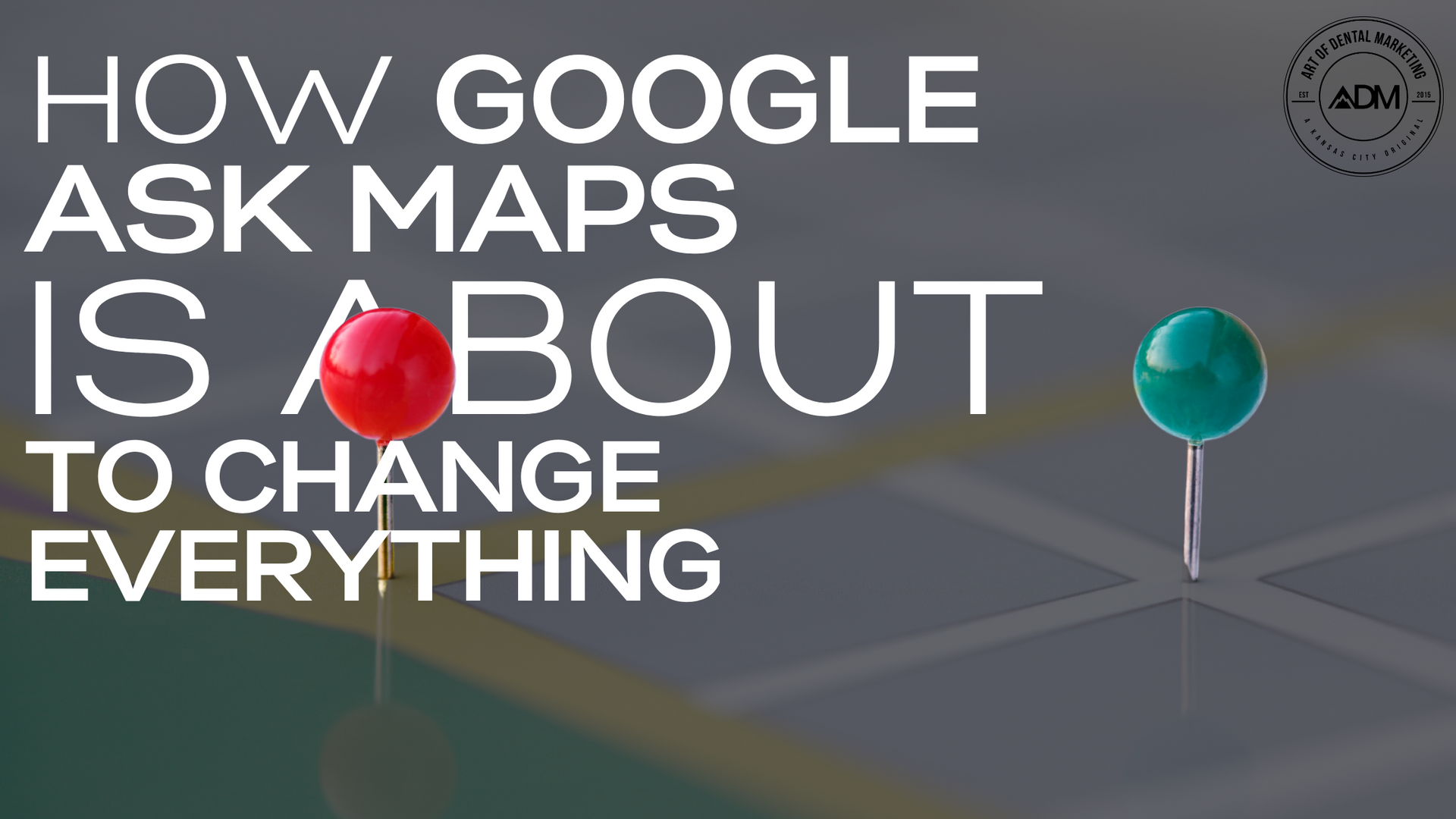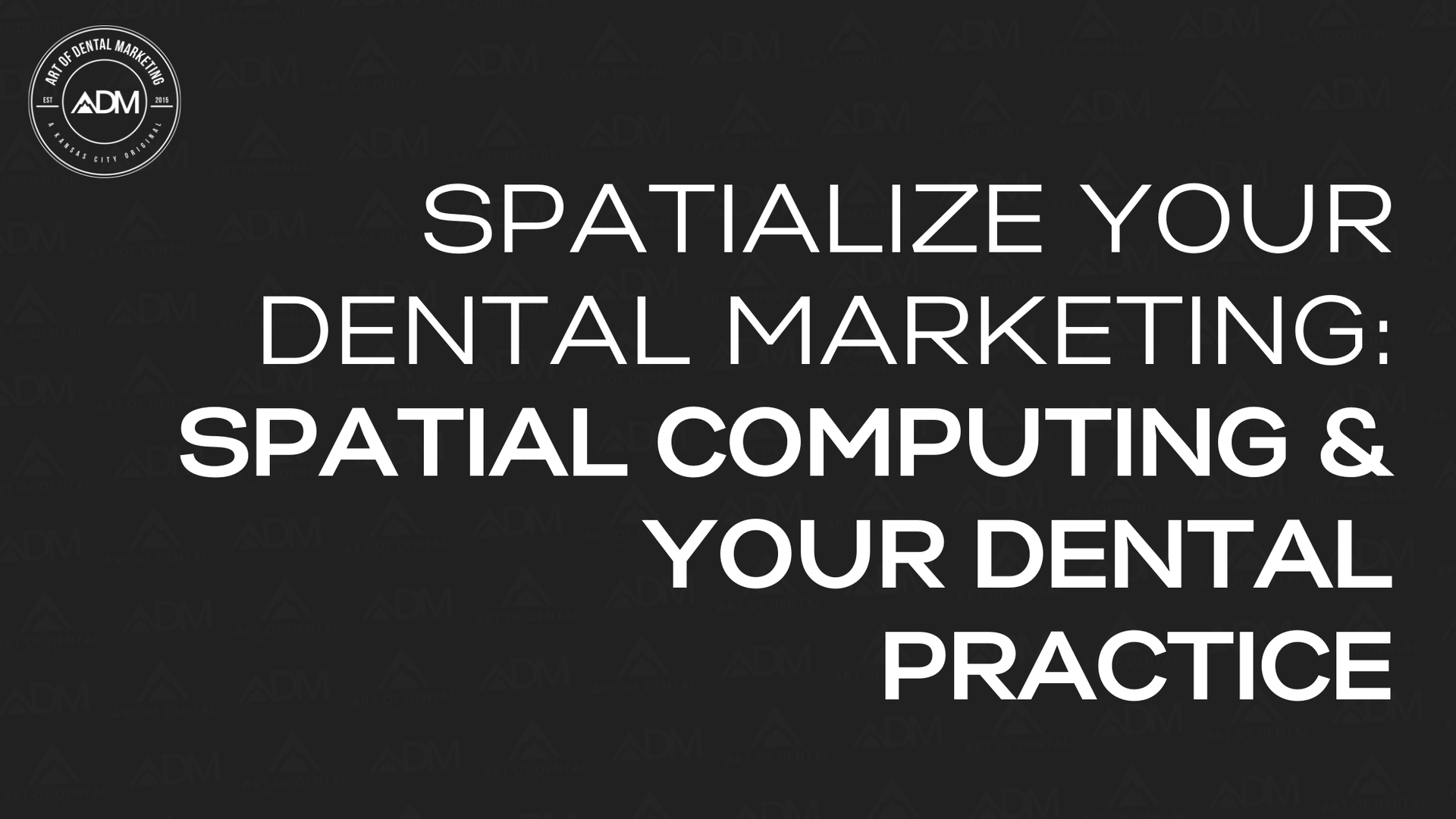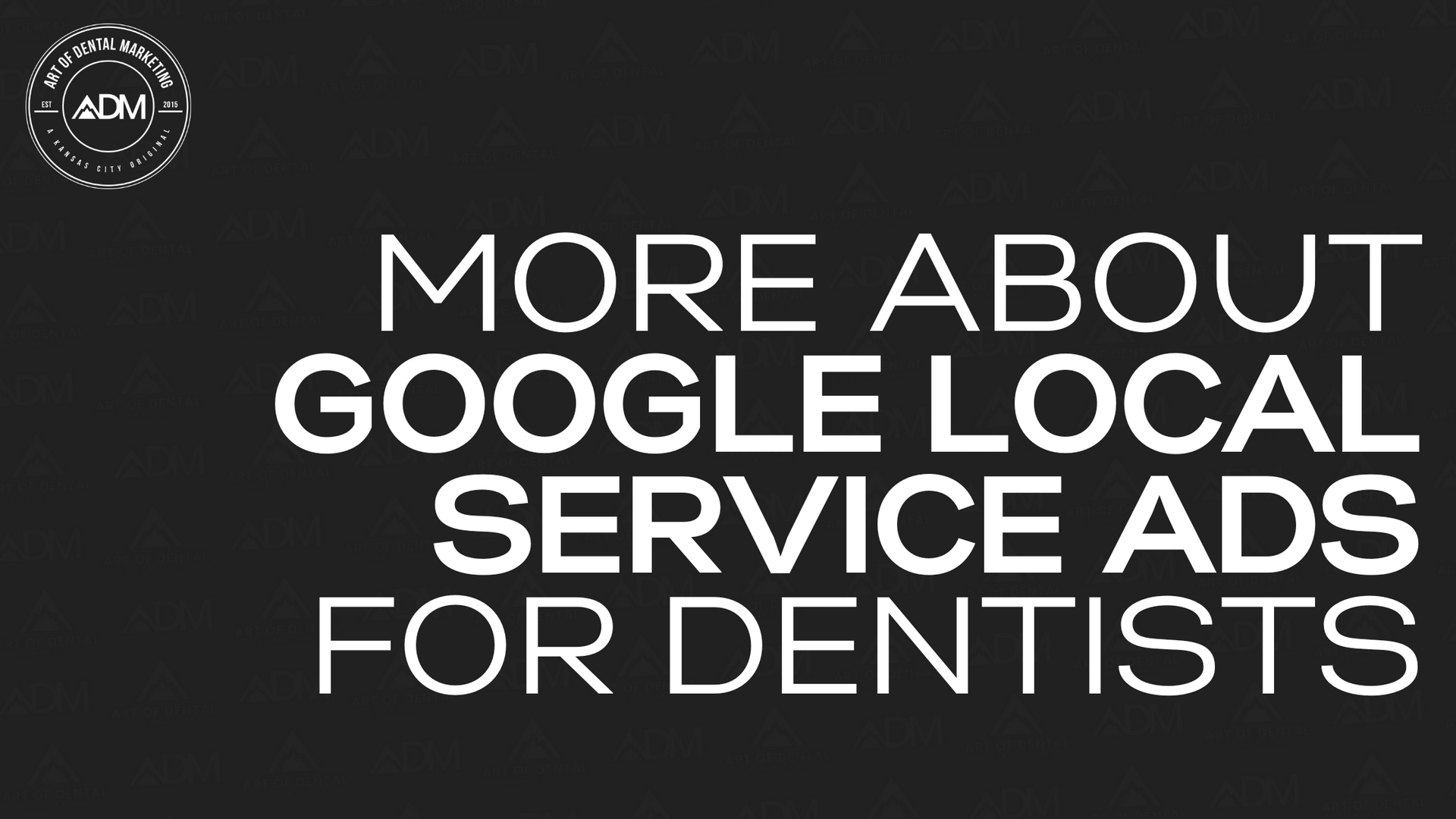We’ve discussed the importance of content before [Read more about how Content is KING here]. For most new patients, the internet is the first place they look for a dentist. Referrals are important. Having a family or friend refer a medical professional carries a LOT of weight. However, choosing a dentist usually comes down to two factors. Location and insurance acceptance. From there, it’s up to YOU to differentiate yourself and your dental practice from the rest of the dental crowd.
If you have a website, you’ve created a landing page where searchers can find your business and read about your practice. If you have a blog, you take a giant step forward in establishing value and building credibility, as well as extending your reach beyond Google searches.
Why Sharing Your Expertise Matters
A known and trusted commodity is a preferred choice. If you demonstrate that you are an expert in your field, that patient care is most important and that you genuinely want to connect and help the community you practice in, clients will choose you over a dentist they know nothing about. When you solve your reader’s problems by answering questions or providing information, you become a resource they return to, talk about, link to, forward and share. Blogging serves the dual purpose of gaining client trust and increasing web traffic to the contact page of your website.
How Blogs Extend Your Reach
Increased website traffic translates to more new patients, and blogs can help facilitate this. Each post that you publish remains online as an additional searchable web page that links to your homepage and continues to drive traffic there. The more blog posts you have, the more content readers can link to and share across other platforms such as Twitter and Facebook. Blog posts increase the scope of your web presence, improving your chances of being noticed. You need to be posting at least 6 times per month and no more than 8 times per month. Any less than 6 and you’re getting lost in the crowd or forgotten. Any more than 8 can be considered self-serving or even annoying. Plus, the ROI on posting more than 8 times per month isn’t there. Web traffic doesn’t change much when posting 12 or 15 times versus just 6. Make your information valuable and effective. Quality over quantity is a definite virtue in effective blogging.
What You Should Blog About
Your content should give your readers answers they seek regarding dental issues, as well as relevant information they may not have searched for but find interesting. Avoid posts that are advertisements for your practice or overtly self-promotional. A share-worthy post is something informative, such as the benefits of using dental floss, but is not one that is promotional and tries to convince the reader to come to your location. Provide information to parents with regard to their children’s health. Explain, as simple as you can, some of the procedures that usually strike fear to the heart of your average patient. What is a root canal? What do I do if I lose a crown or chip a tooth? These can be educational and extremely helpful to a potential patient who is using Google before, during, and after a dental emergency.
How to Post Effectively
How you post makes a difference. Be concise: Use short sentences and paragraphs with white space in between to make your content easy to scan. Post regularly, at least six times each month, so your readers return in anticipation of new content. Learn about keywords, search engine optimization and metadata. If time is an issue for you, hire someone to create dental marketing content on your behalf. Be prepared to wait for a return on your investment as increasing your online influence can take time. An online presence is vital in business today, and your website is your foundation. Extend your internet influence even further by entering the world of dental blogging, and watch your practice reap HUGE benefits.

Google’s new Ask Maps feature is a game changer for dental practices. As the AI-powered replacement for the outdated Google Q&A tool, Ask Maps allows patients to ask specific questions about your practice and receive instant, accurate responses. This isn’t just an update, it’s an opportunity for dentists to connect with more patients and build trust in a highly competitive market. What Is Ask Maps? Ask Maps is a feature in Google Maps that uses artificial intelligence to provide answers based on trusted data. It pulls information from your Google Business Profile, reviews, website, and other reliable sources to respond to user questions. Examples of what patients might ask include: Do they offer Invisalign? How do I book an appointment? What do their reviews say about their cosmetic dentistry services? The AI responds with detailed, accurate answers tailored to your practice, eliminating outdated user-generated responses. Why Dentists Should Care About Ask Maps Patients often decide on a provider based on the information they find online. Ask Maps ensures they receive accurate, engaging answers about your services, helping you stand out from the competition. An optimized presence on Ask Maps can result in higher trust, increased patient inquiries, and more appointments booked. How Ask Maps Works Ask Maps gathers data from: Google Business Profile : Details like your services, operating hours, and photos. Reviews : Google reviews and those from third-party platforms. Your Website : Key content about your practice, team, and services. Social Media : Profiles such as Facebook and LinkedIn are also considered if other data sources are insufficient. If your online presence isn’t robust, Ask Maps may fail to provide answers, potentially costing you opportunities. How to Maximize Your Practice’s Presence on Ask Maps Here are actionable steps you can take to optimize your online presence: 1. Optimize Your Google Business Profile Ensure all practice information is accurate, including hours, services, and contact details. Regularly update high-quality photos of your office, team, and equipment. 2. Enhance Your Website Provide detailed answers to common patient questions like “What does a root canal involve?” or “How do I know if I need braces?” Include professional images, videos, and clear calls to action to improve engagement. 3. Encourage Reviews Ask satisfied patients to leave Google reviews. Respond to all reviews (positive or negative) to show professionalism and care. 4. Maintain Social Media Profiles Keep platforms like Facebook and LinkedIn updated with accurate and consistent information. Use these channels to share patient success stories, team introductions, and practice updates. 5. Regularly Update Photos Upload fresh, high-quality images to your Google Business Profile and website to maintain relevance and engagement. Why Story-Based Marketing is the Key to Success At The Art of Dental Marketing, we understand that facts alone don’t drive patient decisions, stories do. That’s why we developed the StoryBuilt™ Engine , which combines advanced SEO with story-based marketing to help your practice connect emotionally with patients while ranking higher in search results. SEO That Converts : Our strategies ensure that patients find your practice when they search for services in your area. Story-Based Content That Resonates : Patients want to feel understood. By using stories, we help you build trust and loyalty with your audience. Story-based marketing enhances how tools like Ask Maps present your practice, ensuring your message is emotionally compelling and highly visible. Take the Next Step Ask Maps is just the beginning of AI’s impact on patient engagement. Ensure your practice is positioned for success by leveraging this new tool alongside proven marketing strategies. Schedule a call with our CEO, Sean, today to learn how we can optimize your online presence, attract more patients, and help your practice thrive. Let’s tell your story and grow your practice together.

Website migration is a critical step for dental practices looking to switch marketing providers or improve their online presence. However, a poorly executed migration can lead to lost search engine rankings, reduced traffic, and patient confusion. Most dentists want better marketing without the hassle of building a new website. By understanding the key aspects of website migration, you can guide your marketing team to protect your online visibility and ensure a smooth transition. Why Website Migration Matters for Dentists A website migration involves moving your website to a new provider, hosting platform, or content management system. This process often comes with goals like improving site speed, security, or user experience. While these improvements are valuable, mishandling the migration process can cause significant issues. When search engines can’t find your pages due to broken links or missing redirects, your rankings drop. This makes it harder for patients to find you online. Traffic decreases, and potential patients may visit competitors instead. Revenue can be affected if these issues persist. What to Ask Your Marketing Team Before Migrating To safeguard your practice during a website migration, it’s essential to ask your marketing team key questions: Are you backing up the current website? A full backup of all content, images, and settings ensures nothing is permanently lost if issues arise during migration. Will you implement 301 redirects? Redirects are crucial for maintaining your search engine rankings. They ensure patients and search engines are directed to the correct pages on the new site. Are you auditing the current site’s content and performance? Identify high-value pages with the most traffic, backlinks, or conversions. These pages need special attention to protect their rankings and visibility. How will you protect SEO elements? Your marketing team should carefully review and update metadata, internal links, and header tags to preserve your search engine performance. Is there a testing process before launch? A staging environment allows your marketers to check for broken links, missing content, and technical issues before the new site goes live. Common Pitfalls to Avoid During Migration Mistakes during migration can harm your online presence. Broken links frustrate visitors and lead to lost traffic. Missing pages cause confusion for patients and damage your credibility. Slow load times hurt your user experience and can negatively impact your search engine rankings. Introducing BYOW: Bring Your Own Website At The Art of Dental Marketing, we understand that dentists want better marketing without starting from scratch. That’s why we offer BYOW... Bring Your Own Website. You can come to ADM with your existing website and still take full advantage of our Storybuilt™ Marketing Engine. Our process is designed to make transitions seamless. We protect your SEO, handle the technical details, and transform your website into a powerful marketing tool that creates emotional connections with patients and drives real growth for your practice. How The Art of Dental Marketing Can Help Unlike other agencies, we don’t require you to build a new website to work with us. Our team ensures your SEO is protected during the migration, handles the technical aspects, and makes the process quick and stress-free. With our Storybuilt™ Marketing Engine, we amplify your website’s impact, making it a tool for meaningful patient engagement and practice growth. How to Move Forward If you’re considering switching marketing providers but want to avoid the hassle of building a new website, The Art of Dental Marketing is here to help. With BYOW, you bring what you’ve got, and we’ll handle the rest. Contact us today to learn how we can make your website transition easy and effective. Protect your practice’s online presence and keep attracting patients with a seamless migration.








